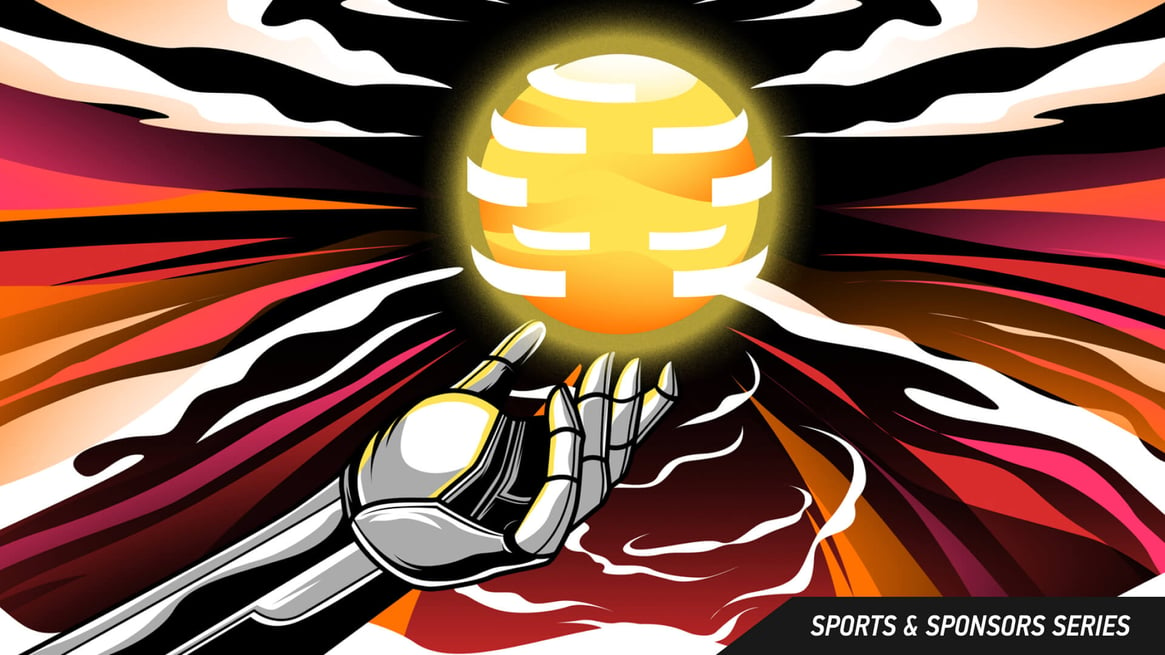 You might think that slick, animated TV-quality advertising is beyond your budget and technical knowhow – but it isn’t.
You might think that slick, animated TV-quality advertising is beyond your budget and technical knowhow – but it isn’t.If you run an amateur sports league that’s just getting to grips with live streaming and sponsorship, you can learn a lot from TV sports broadcasters. The big networks invest a great deal of time and money into understanding the relationship between advertising and viewing experience, so they know how to keep both advertisers and viewers happy.
You might think that slick, animated TV-quality advertising is beyond your budget and technical knowhow – but it isn’t. As we touched on at the start of this series of blog posts, affordable, easy to use live graphics software is now in reach for grassroots broadcasters, along with all of the advanced advertising integration seen on network sports television.
In this post, we’ll explain how high-quality ads and graphics are vital if you want to attract bigger and better sponsors – and how muddling through with advertising will only alienate your viewers and turn sponsors away.
No sports fan ever wants to see ads instead of live action, but most viewers understand that there is a value exchange taking place and that the sport they love relies on sponsorship to survive. That said, it is possible to create advertising that fans enjoy and even look forward to – just think of the excitement that surrounds the ads on SuperBowl Sunday.
When we watch live sport, certain attributes help to make it an enjoyable viewing experience. Some factors broadcasters can’t control, like the quality of the game. Other aspects, such as advertising, video feed bandwidth, on-screen graphics, and commentary are entirely within their control.
Apart from technical problems that might interrupt the live feed, advertising probably has the highest potential to influence viewer experience. Badly integrated ads from irrelevant sponsors are a big turn-off for fans, while well-positioned and relevant ads can enhance the experience and even entertain. Too many ads can ruin the experience, while too few ads will impact ad revenue – it’s a delicate balance. Broadcasters must understand that viewers will accept advertising up to a point, but the value exchange breaks down when broadcasters are careless about viewer experience. The easiest way to understand how this works is to look at some examples where broadcasters get this right, and where they get it wrong.
Nothing cheapens a live sports broadcast more than a collection of logos in white boxes positioned on the screen without much thought about spacing, alignment, or readability. This might be acceptable for local or college sports sponsorship deals, but it won’t cut it if you want to make the step up to national brands. Also, because these logos are permanently on screen during the game, viewers will quickly become used to them and they will blend into the background.
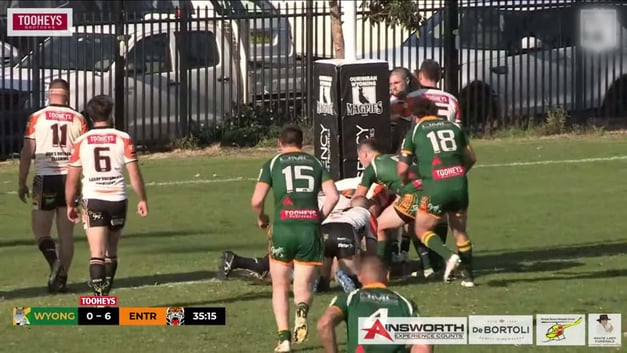
An example of basic integrated sponsorship.
Instead, it would be better to give each of these sponsors dedicated time on screen. The main match sponsor can still get priority treatment as secondary sponsors can be displayed less frequently. A logo that discreetly pops up in the corner of the screen for five seconds every 15 minutes will have a greater impact than one that’s permanently on display. With amateur sports sponsorship, it’s important to understand that less is sometimes more.
A logo that animates in and out can be shown during live play without impacting on viewer experience, while larger logos and ads can be displayed during breaks in play. The animation here is usually brief and subtle – in the example below from an English Premier League soccer broadcast, the Tag Heuer logo replaces the clock when the match stops after a goal, at halftime and fulltime. The logo drops down from behind the match score graphic and is shown for a few seconds before moving away. These animated ads are more memorable than static logos because the human eye is naturally drawn to movement. Also, there is some relevance to the ad as it suggests that Tag Heuer, a watchmaker, is effectively providing the timekeeping for the game. Grassroots broadcasters can learn from this more subtle form of advertising and declutter their live streams.
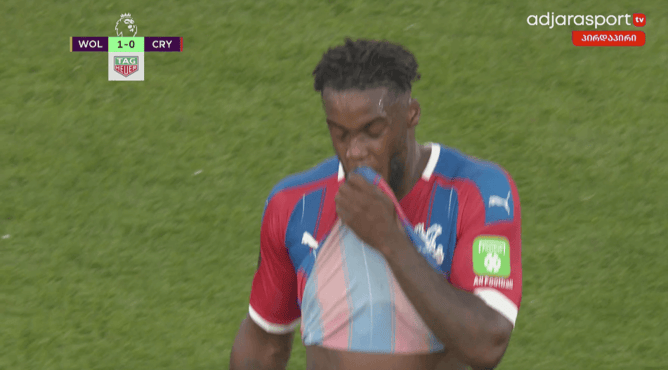 Tag Heuer sponsors the clock for global English Premier League broadcasts.
Tag Heuer sponsors the clock for global English Premier League broadcasts.
Removing static logos and showing each sponsor at different times during the game will also create space for larger animated banner ads. These ads can be shown during a momentary break in play. The difference in viewer experience is immediately obvious. An amateur-level live stream with less clutter on screen and slick animated ads has a more premium feel, and the ads draw the viewer’s attention for a moment without degrading production values. Also, potential big brand sport sponsors are attracted to this kind of advertising opportunity. It allows them to display campaign assets and product images, such as this 'Rocket App' banner ad below, rather than just showing a logo.
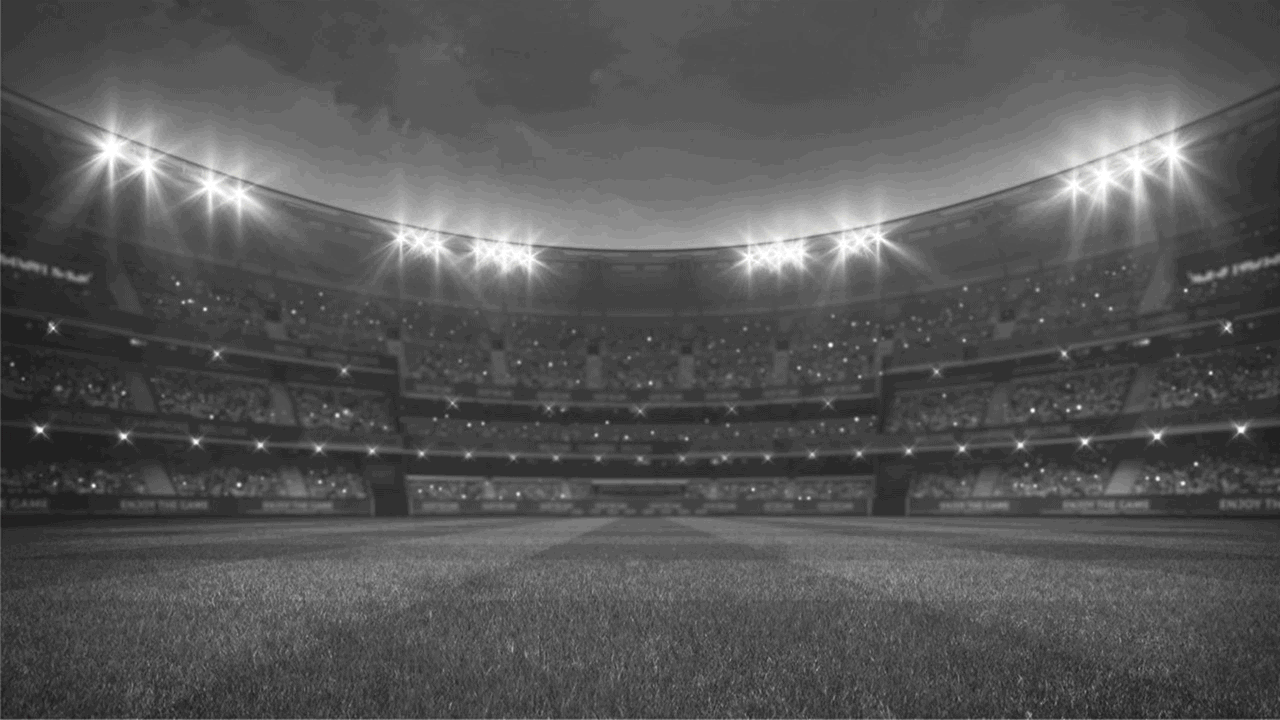 Less clutter means more space for animated banner during breaks in play. In-stream sponsorship display powered by LIGR.Live.
Less clutter means more space for animated banner during breaks in play. In-stream sponsorship display powered by LIGR.Live.
Banner ads are rare during TV broadcasts, but for grassroots sport, they are an excellent way for leagues to differentiate themselves from competing leagues and attract higher caliber advertisers.
Although the MasterCard ad shown below interrupts the live golf on NBC’s Golf Channel, in the context of sports such as golf and Nascar racing where fully interrupting coverage is normal, this ad format is an improvement.
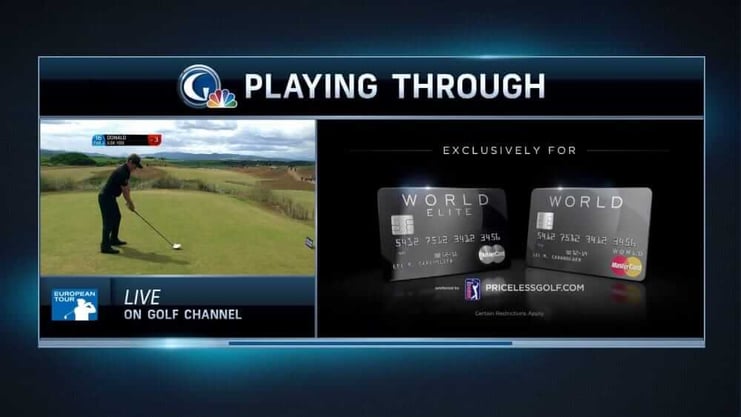 A "double box” ad from NBC Golf Channel that allows live coverage to continue during ad breaks.
A "double box” ad from NBC Golf Channel that allows live coverage to continue during ad breaks.
It doesn’t make the best use of screen real estate though, as most of the space is taken up with the background. This is because, in order to show a standard format TV commercial and the golf video feed at the same time, both have to be significantly reduced in size. Here, the advertiser is happy because they get to show their TV ad during live play, but it could be a better experience for the viewer.
Compare this with an ad that is perfectly integrated with the action and the athlete. This shoppable ad, also from NBC, offers viewers the chance to buy Novak Djokovic’s Lacoste tennis kit by scanning an on-screen QR code with their smartphone.
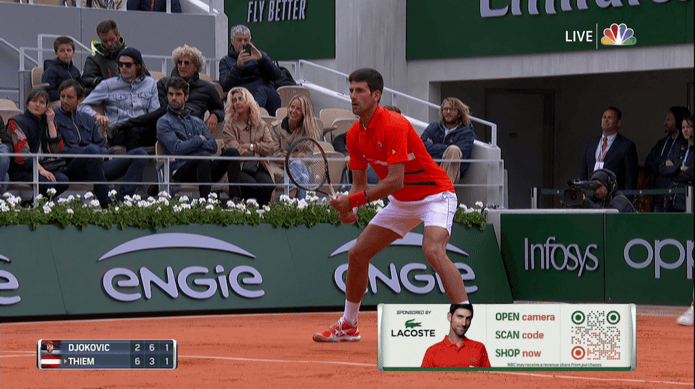 A shoppable QR code ad for Lacoste.
A shoppable QR code ad for Lacoste.
The ad is only an interruption for viewers who decide to buy the shirt. For fans who prefer to focus on the action, there is very little disruption.
Sport has a unique relationship with advertising. Fans accept sponsorship as part of the sport and they often support brands that invest in their teams. It only becomes a problem when the advertising gets in the way of the sport.
Grassroots broadcasters now have the tools available to fully integrate advertising into their live streams and ensure that they offer the best possible viewing experience for their fans. If viewers enjoy the experience, they stay longer and come back for more. They tell their friends, they share links, and the online audience will grow.
Viewer experience also directly influences the quality of sponsors that a live stream can attract. Advertisers don’t want to associate their brands with shoddy looking content or run ads that will upset viewers. Big brands will always choose TV-quality advertising opportunities over a sponsorship deal that puts their logo alongside local brands in the corner of the screen. Make sure you always consider the viewer first and you’ll naturally create content that is appealing for bigger and better sponsors.
The next article in the Live-Streamed Sports & Sponsors Series is where it gets really interesting. A live-streamed game can’t be seen as a single sponsorship opportunity anymore. Every big moment in a game – from goals to touchdowns to home runs – is now ad inventory. Read on to discover how to unlock the power of these moments in your live streams.

|